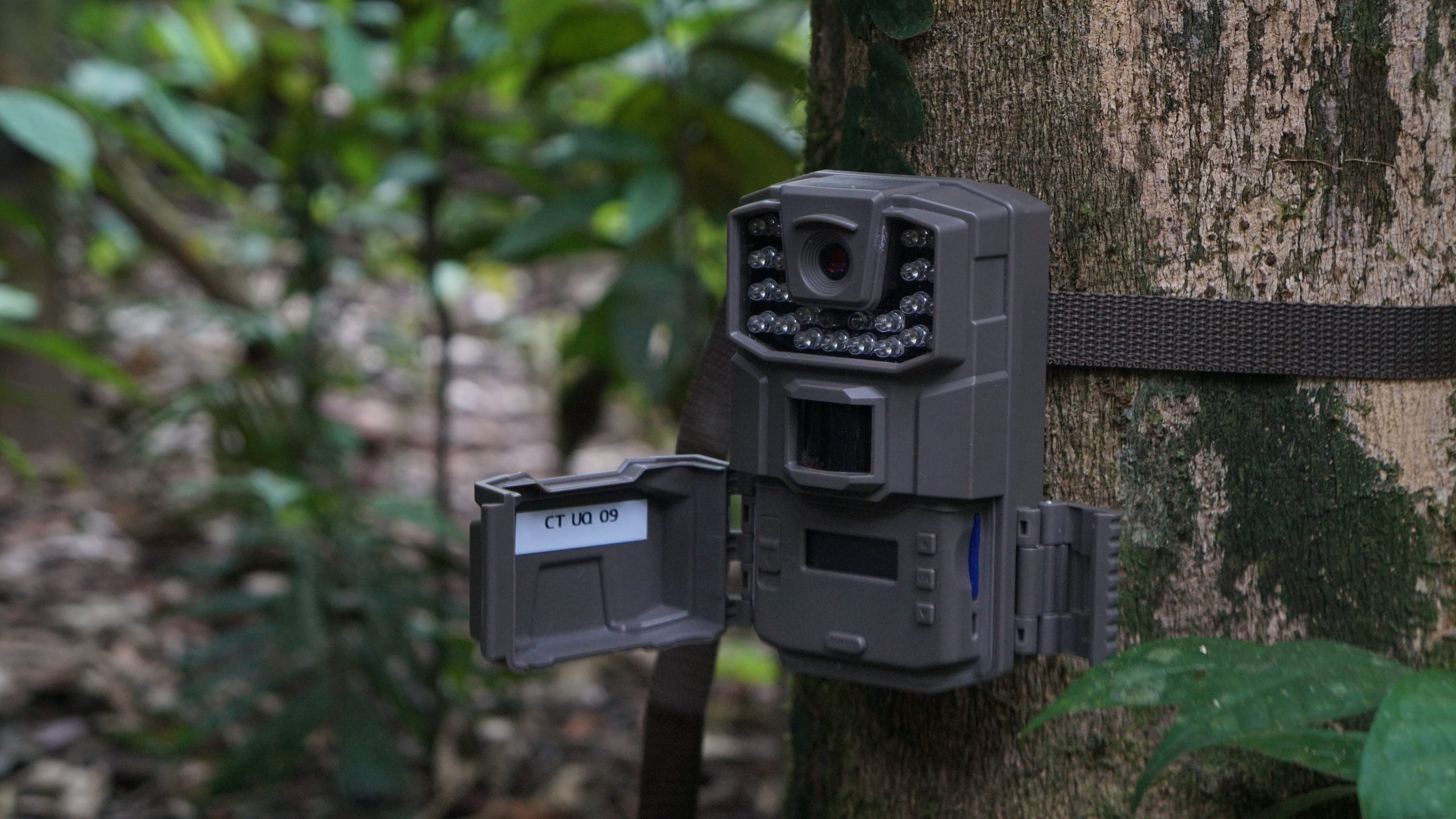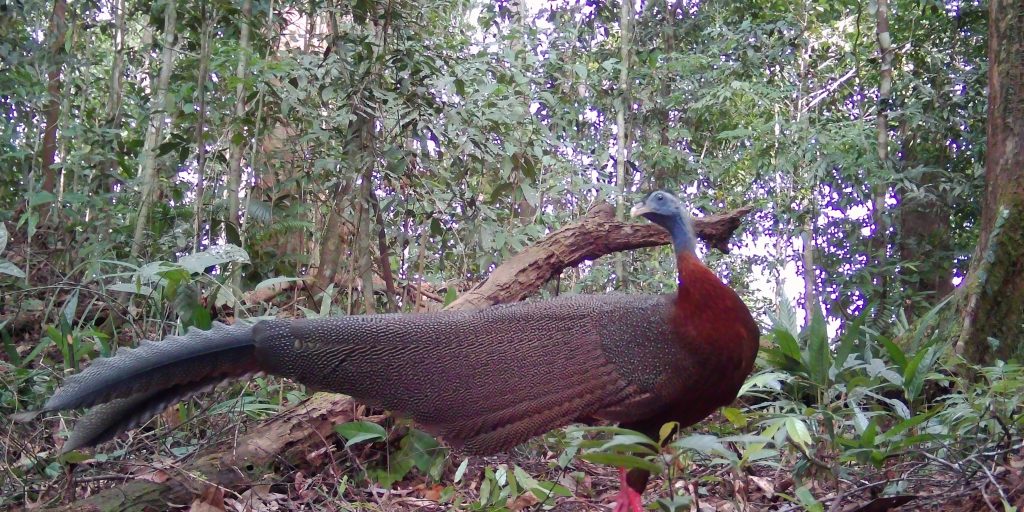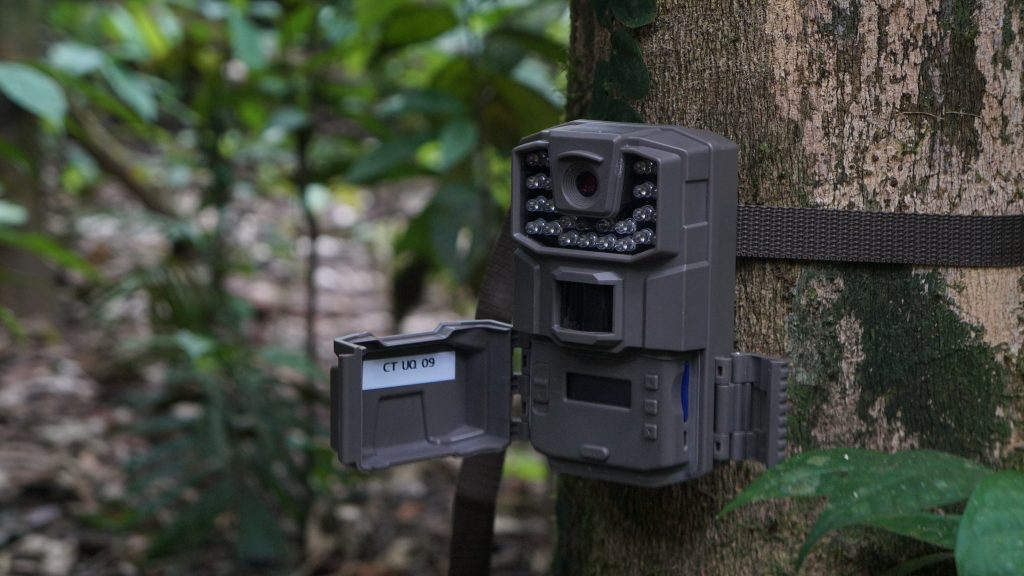In an effort to improve biodiversity conservation in production forest concession areas, PT Wana Bakti Persada Utama (WBPU) collaborates with Yayasan Konservasi Alam Nusantara (YKAN) and the National Research and Innovation Agency (BRIN) in training on the installation of camera traps and bioacoustic devices. This training aims to support biodiversity monitoring efforts in the PT WBPU concession area located in East Kalimantan.
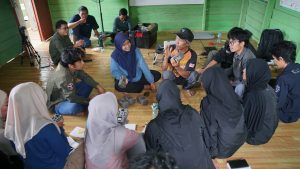
The training lasted for four days, starting from February 24 to February 27, 2025. The first day was filled with a material delivery session by YKAN and BRIN to PT WBPU staff at the company's head office in Berau. The materials provided included the importance of biodiversity monitoring, camera trap installation techniques, and the use of bioacoustic tools in recording wildlife activities in the forest.
On the second day, the training continued with a technical discussion on the installation of the monitoring tools. This activity was carried out at the PT WBPU field office located at Camp KM 72. In this discussion, participants gained deeper insight into effective installation strategies, choosing the right location, and how to analyze data obtained from the devices.
The third and fourth days are the direct practice phase in the field, where participants start installing camera traps and bioacoustic devices at several strategic points in the PT WBPU concession area. This installation aims to collect data on the presence and activities of wildlife, which can later be used to support conservation decisions and sustainable management of production forests.
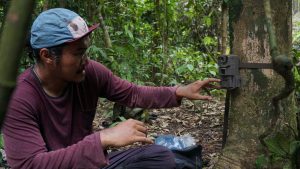
Camera traps are a very effective tool in documenting the presence of wildlife without disturbing their natural habitat. With advanced motion sensors and imaging technology, these cameras are able to automatically record animal activity, both day and night. Data obtained from camera traps can help in identifying existing species and understanding their movement patterns in the forest.
In addition to camera traps, bioacoustic devices also play an important role in biodiversity monitoring. These devices can record sounds from a variety of animal species, including birds, primates, and insects. Analysis of sounds collected from bioacoustic devices allows researchers to identify species that are difficult to observe directly, as well as understand animal communication and behavior patterns in their natural habitat.
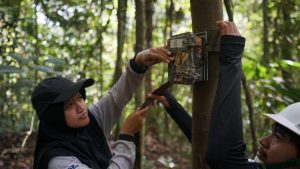
The collaboration between PT WBPU, YKAN, and BRIN in this training is a concrete step in improving conservation efforts in production forest concession areas. With accurate and systematic data, companies can develop better and more sustainable management strategies, while ensuring that the existence of wildlife is maintained.
In addition to providing ecological benefits, the installation of camera traps and bioacoustic devices can also have a positive impact on social and economic aspects. The biodiversity data collected can be used to support sustainable forest certification, which ultimately increases the economic value of production forest products. In addition, the existence of protected wildlife can also support ecotourism potential that can provide benefits to the surrounding community.
This training also serves as a means for PT WBPU staff to improve their capacity in the field of biodiversity monitoring. With a better understanding of monitoring techniques and methodologies, they can contribute more optimally in maintaining the sustainability of the production forest ecosystem managed by the company.
On the other hand, the results of this monitoring can also be a reference for the government and conservation institutions in formulating more effective policies in managing production forests. The collected data can be used to understand the impact of forestry activities on biodiversity and develop appropriate mitigation measures.
The successful installation of camera traps and bioacoustic devices in the PT WBPU concession area is expected to be an example for other production forest companies in implementing more responsible forest management practices. This step is also in line with the global commitment to maintaining the sustainability of tropical forest ecosystems that are rich in biodiversity.
With increasing awareness of the importance of conservation, it is hoped that forestry companies and other stakeholders can continue to collaborate in supporting environmental conservation efforts. The application of technologies such as camera traps and bioacoustics are innovative solutions in understanding and maintaining the sustainability of existing natural resources.
Through this training, PT WBPU not only shows its commitment to maintaining biodiversity, but also provides real contributions in supporting environmental research and monitoring. Synergy between companies, conservation institutions, and the government is essential to achieve broader conservation goals.
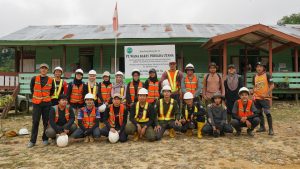
Ultimately, the installation of camera traps and bioacoustic devices in production forest concession areas is not only an important step in wildlife conservation, but also part of a long-term strategy in responsible forest management. This step is expected to provide benefits for the ecosystem, society, and the sustainability of the forestry industry in the future.

